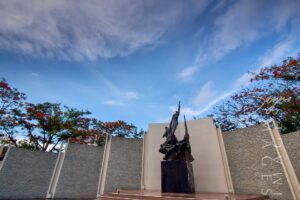
San Juan – Pinaglabanan Memorial Shrine: A Journey Through the Philippine Revolution
Located in the heart of San Juan City, Metro Manila, the San Juan – Pinaglabanan Memorial Shrine serves as a powerful reminder of the bravery
The Feast of the Black Nazarene, celebrated annually on January 9 in Manila, Philippines, is a profound manifestation of Filipino Catholic devotion. This event centers around the veneration of the Black Nazarene, a life-sized, dark-skinned statue of Jesus Christ carrying the cross, enshrined in the Minor Basilica and National Shrine of Jesus Nazareno, commonly known as Quiapo Church.


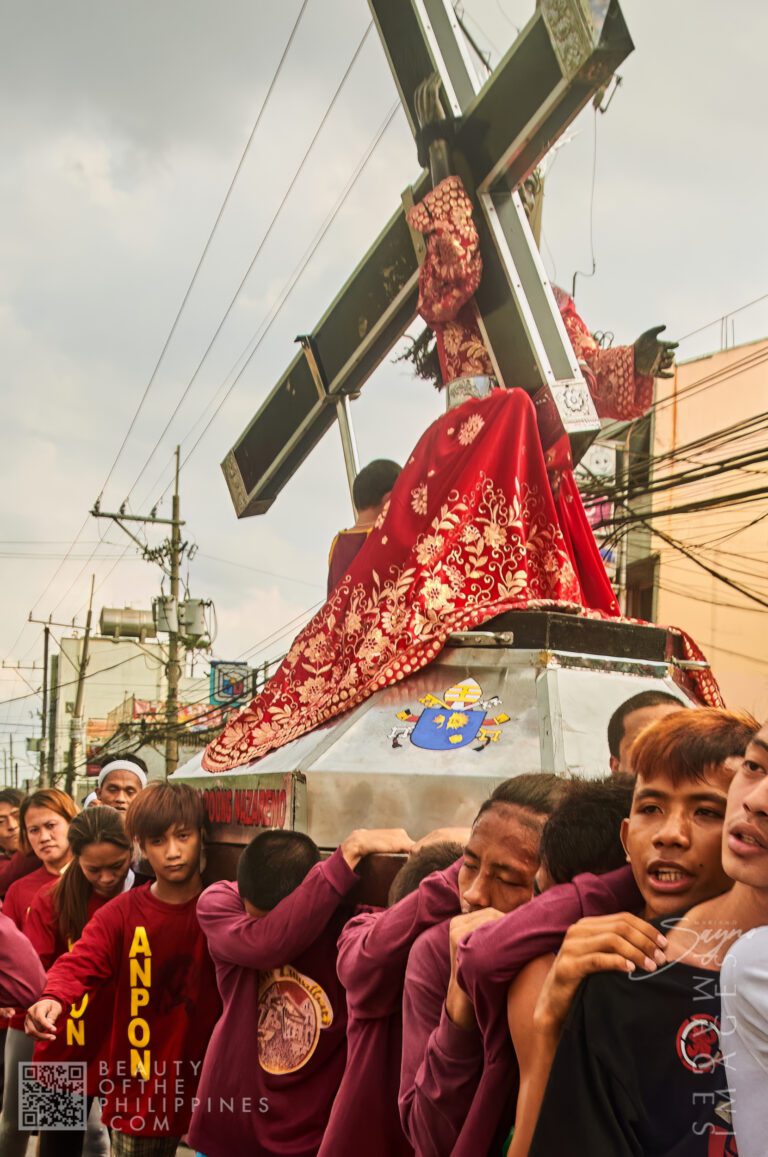
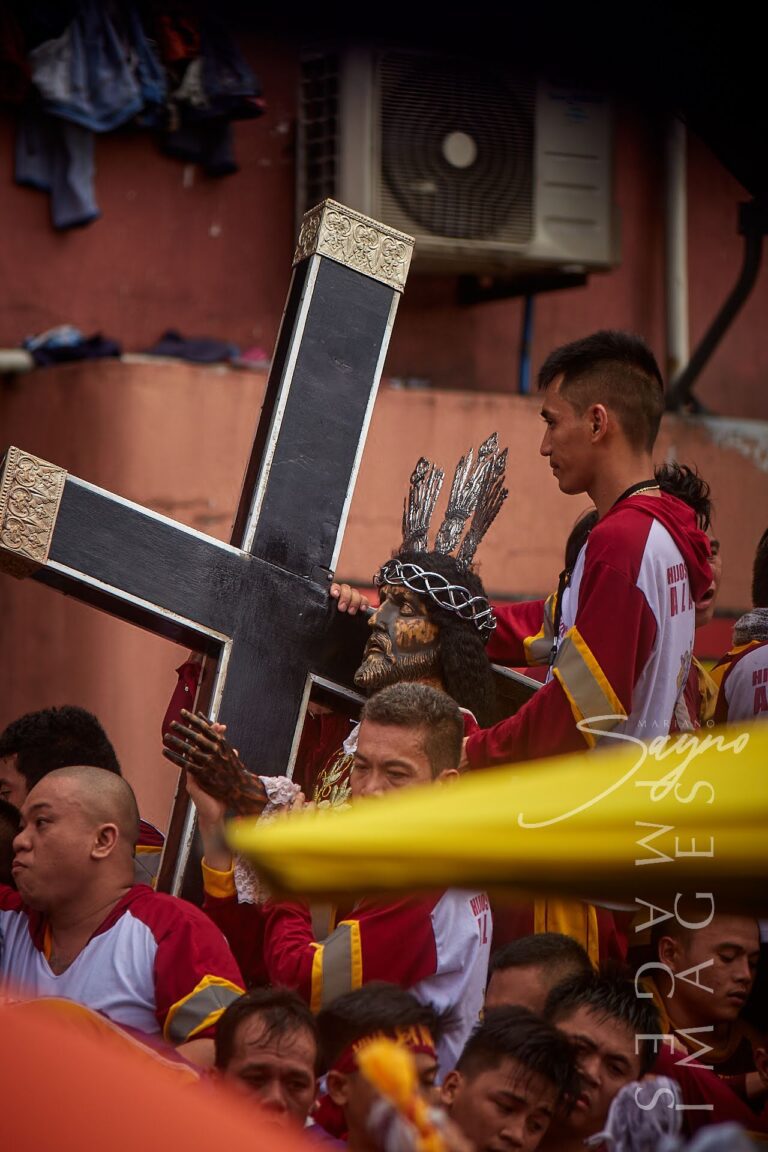

ABOVE: The Nazareno Festival in Quiapo, Manila, on January 9th, sees millions of devoted people join the Traslacion procession to honor the Black Nazarene, with some carrying replicas of the statue from their barangays, believing it can cure sickness, heal diseases, and grant their wishes.
ABOVE: The Nazareno Festival in Quiapo, Manila, on January 9th, sees millions of devoted people join the Traslacion procession to honor the Black Nazarene, with some carrying replicas of the statue from their barangays, believing it can cure sickness, heal diseases, and grant their wishes.
Originally housed in a church inside Intramuros, the image was later transferred to Quiapo Church in 1787 upon the orders of then-Archbishop Basilio Sancho de Santas Justa y Rufina. This event marked the beginning of the tradition known as the Traslación, the grand procession commemorating its transfer. Despite numerous calamities, including fires and earthquakes, the image has remained intact, further reinforcing the belief in its miraculous nature among devotees.
Quiapo Church: A Religious and Cultural Landmark
Quiapo Church, officially known as the Minor Basilica and National Shrine of Jesus Nazareno, is one of the most prominent Catholic churches in Manila. Located in the heart of the bustling Quiapo district, it serves as the permanent home of the Black Nazarene and is a significant pilgrimage site for millions of Filipino devotees.
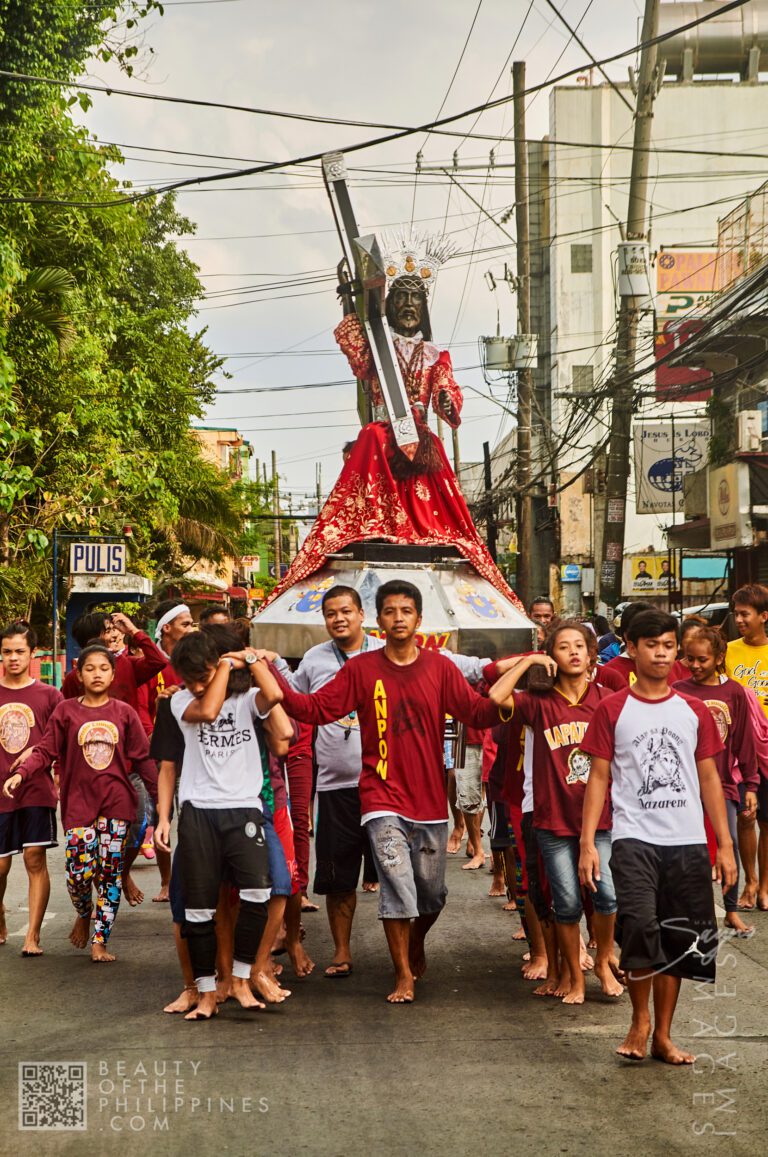

ABOVE: In different parts of Manila, especially in Quiapo, people walk barefoot and carry replicas of the Black Nazarene statue from their barangays all the way to Quiapo Church as an act of devotion, believing that the saint will grant their wishes.
ABOVE: In different parts of Manila, especially in Quiapo, people walk barefoot and carry replicas of the Black Nazarene statue from their barangays all the way to Quiapo Church as an act of devotion, believing that the saint will grant their wishes.
The church traces its origins to the 16th century when Spanish missionaries established the original structure. Initially built with bamboo and nipa palm, the church underwent several reconstructions due to fires and natural disasters. The present edifice, completed in the 20th century, features Baroque architecture with intricate carvings and ornate details, reflecting the rich Spanish colonial influence in the Philippines.

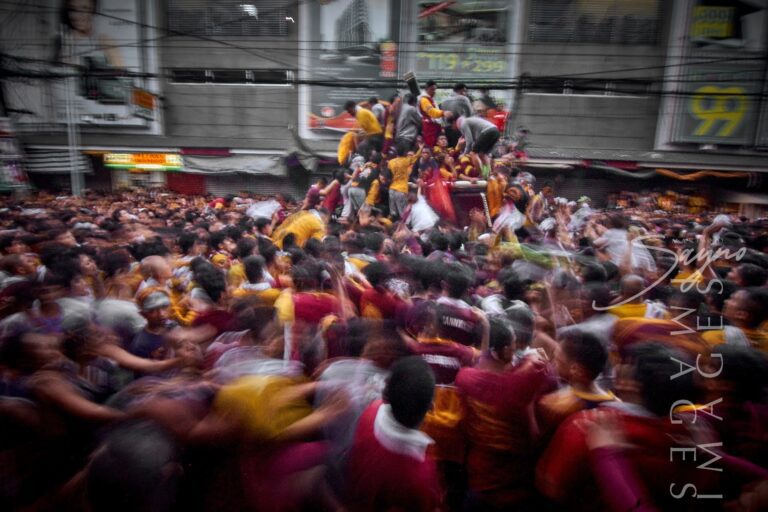
Beyond housing the Black Nazarene, Quiapo Church is also famous for its Friday Novena, a weekly devotional practice where thousands of devotees gather to pray, seek miracles, and give thanks for answered prayers. This tradition has solidified Quiapo as a spiritual haven, drawing people from all walks of life to seek solace in the presence of the sacred image.
For tourists and visitors, Quiapo Church is a must-visit destination not just for its religious significance but also for its historical and cultural relevance. The surrounding district is a lively marketplace filled with local delicacies, herbal medicine stalls, fortune tellers, and souvenir shops that offer an authentic Manila experience.


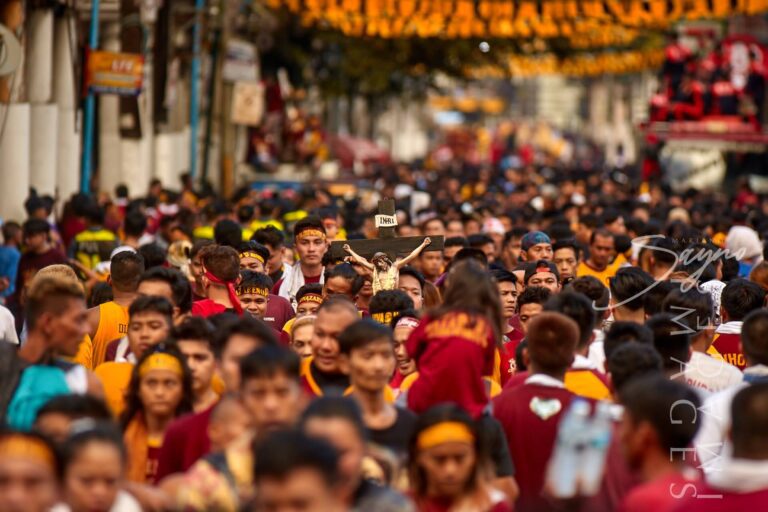


The veneration of the Black Nazarene has received multiple Pontifical approbations, recognizing its importance in Filipino Catholic devotion. Over the years, various Popes have acknowledged the deep faith of devotees and granted special spiritual privileges to those who participate in its veneration.
On April 21, 1650, Pope Innocent X granted the first Papal Indulgence to those who pray before the image of the Black Nazarene, affirming its religious significance. In 1880, Pope Leo XIII conferred canonical status to the Confraternity of the Black Nazarene, further formalizing its role within the Catholic Church.

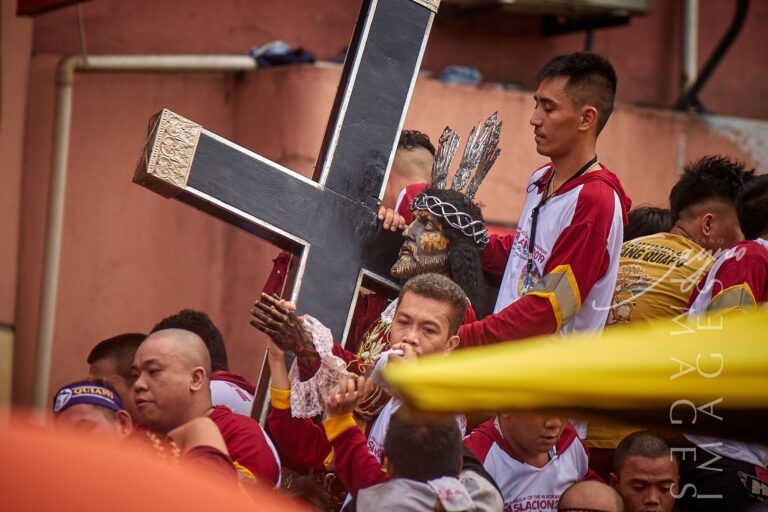

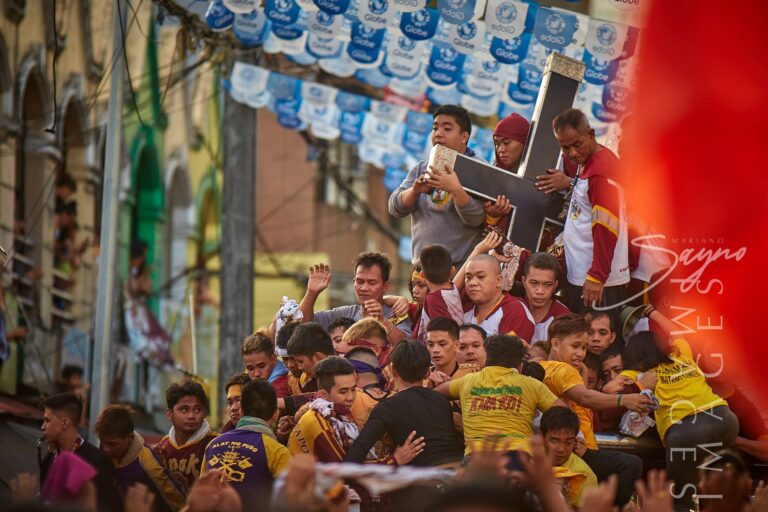
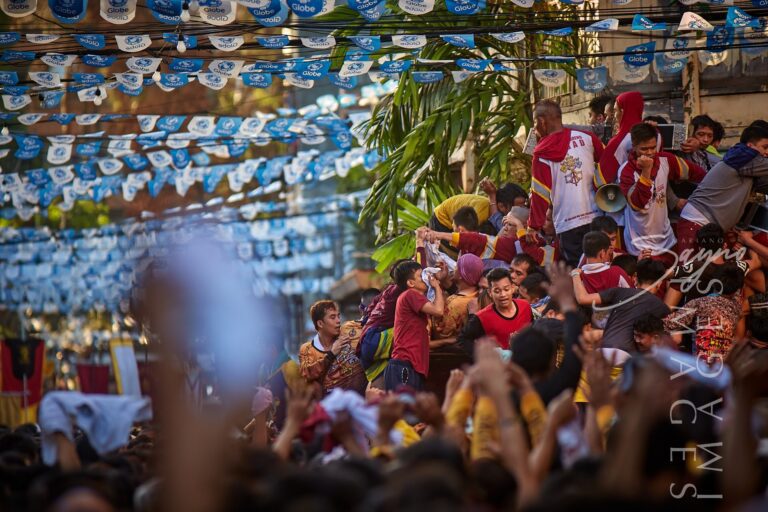
A significant moment in modern times came on December 27, 2004, when Pope John Paul II elevated Quiapo Church to the Minor Basilica of the Black Nazarene, recognizing its importance as a national shrine. More recently, Pope Francis acknowledged the deep spiritual significance of the Black Nazarene during his 2015 visit to the Philippines, referring to it as a symbol of Christ’s suffering and resilience.


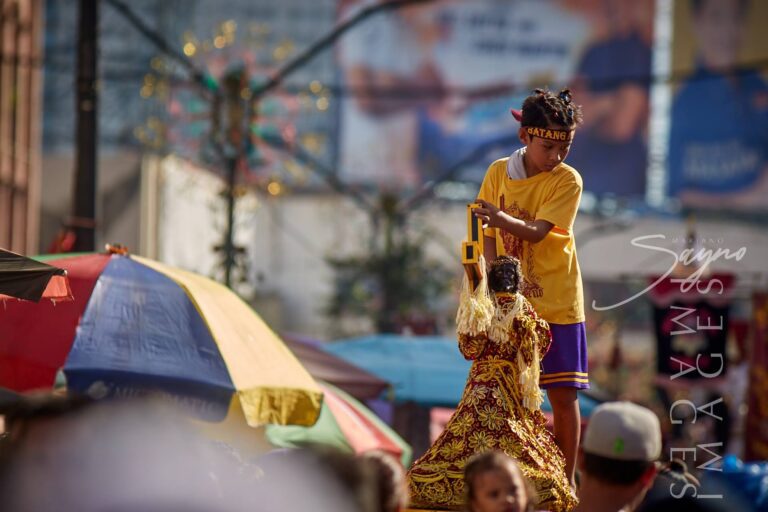
RELATED STORIES

Located in the heart of San Juan City, Metro Manila, the San Juan – Pinaglabanan Memorial Shrine serves as a powerful reminder of the bravery



The Manila Post Office, officially known as the Manila Central Post Office, is a distinguished example of neoclassical architecture, originally designed by Juan M. Arellano,



San Juan, a city tucked in the heart of Metro Manila, is often overshadowed by its more famous neighbors, yet it holds within its borders



If you’re exploring Manila, one spot you shouldn’t miss is Plaza Rajah Sulayman, a scenic and historically significant public square in the heart of Malate,


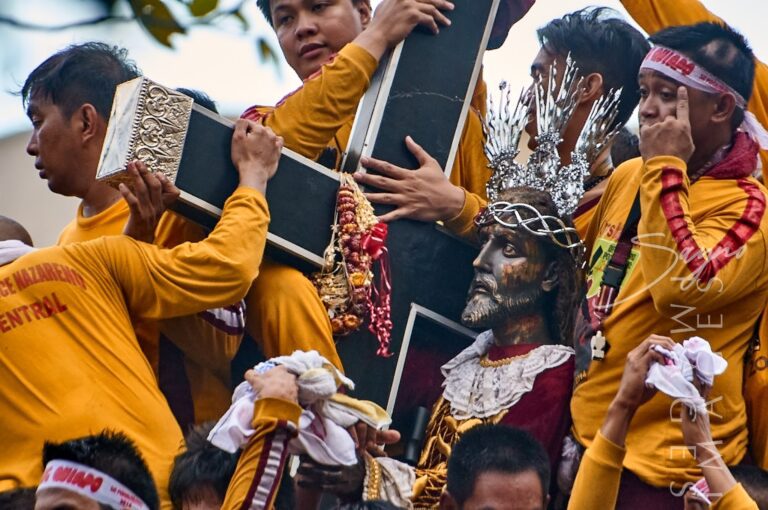

The Traslación is the highlight of the Feast of the Black Nazarene, drawing millions of barefoot devotees to the streets of Manila. It is a grand procession that reenacts the historic transfer of the Black Nazarene from its original home in Intramuros to Quiapo Church in 1787. This solemn journey, which spans several kilometers, takes place annually on January 9 and can last for nearly an entire day due to the sheer volume of participants.
Aside from its religious significance, the Traslación has become a major event for religious tourism, attracting not just Filipino devotees but also international pilgrims, documentary filmmakers, and cultural enthusiasts. Tour operators and local businesses capitalize on this annual event by offering guided pilgrimages, cultural tours, and heritage walks that explore the deeper historical and spiritual meaning of Quiapo and its surroundings.
Hotels in Manila experience a surge in bookings during the Feast of the Black Nazarene, as thousands of devotees and travelers flock to the city. Food vendors, souvenir shops, and local markets also thrive during this period, making it a significant boost to the city’s economy.
For travelers looking to experience the Traslación, it is recommended to arrive early, wear comfortable clothing, and prepare for the intense crowd. Many foreign visitors find the event awe-inspiring, as it showcases the depth of Filipino faith and communal solidarity.
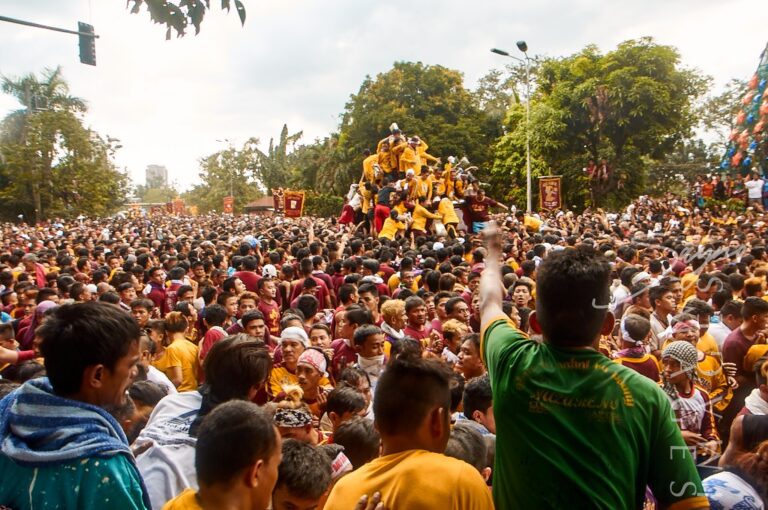

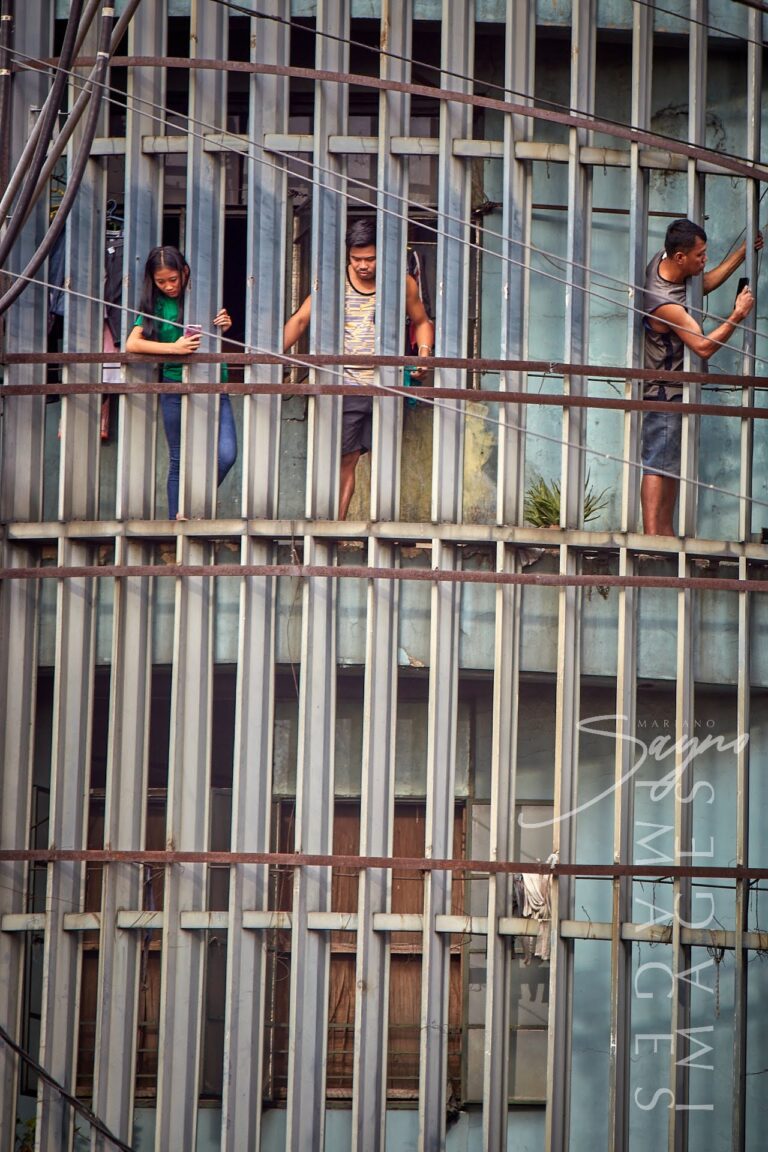



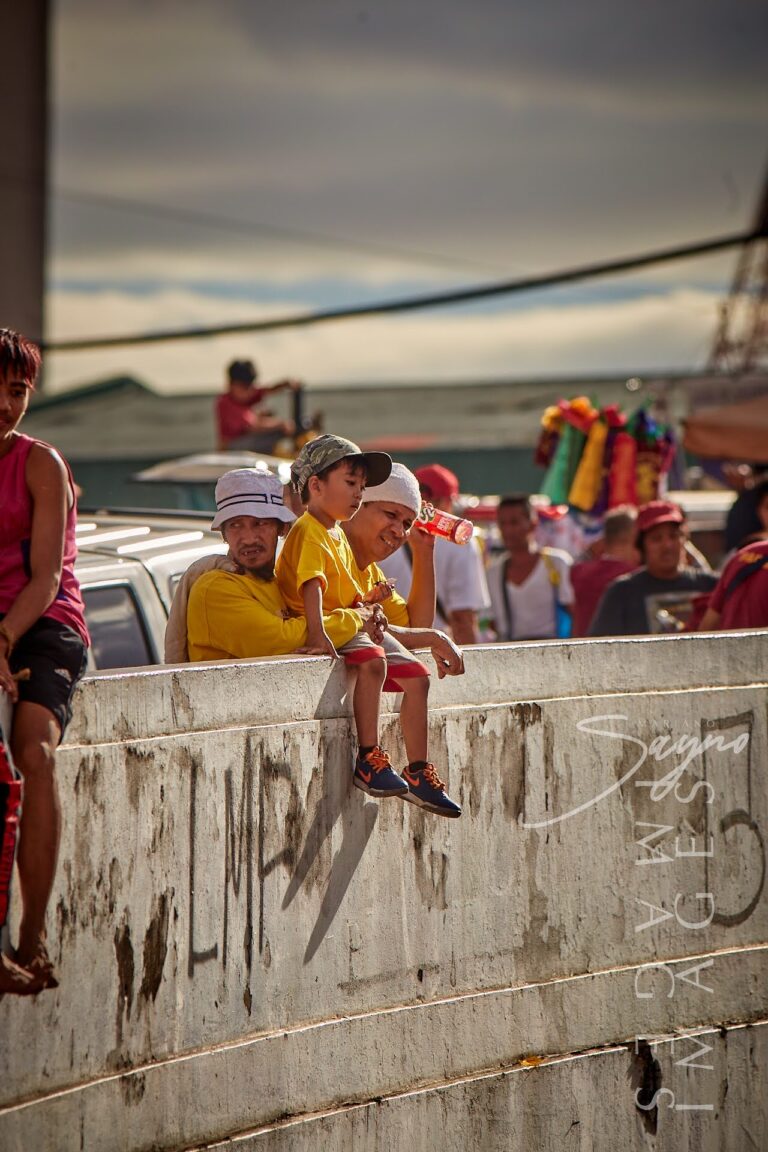





While in Manila for the Feast of the Black Nazarene, visitors can explore other historical and cultural landmarks near Quiapo Church. Intramuros, the historic walled city, offers a glimpse into the colonial past of the Philippines and serves as a reminder of where the Black Nazarene was originally enshrined. San Agustin Church, a UNESCO World Heritage Site, stands as the oldest stone church in the country and houses priceless religious artifacts. Rizal Park, a sprawling urban park, pays tribute to the national hero Dr. José Rizal. Just a short distance away, Binondo, the world’s oldest Chinatown, invites visitors to indulge in its vibrant culinary scene.
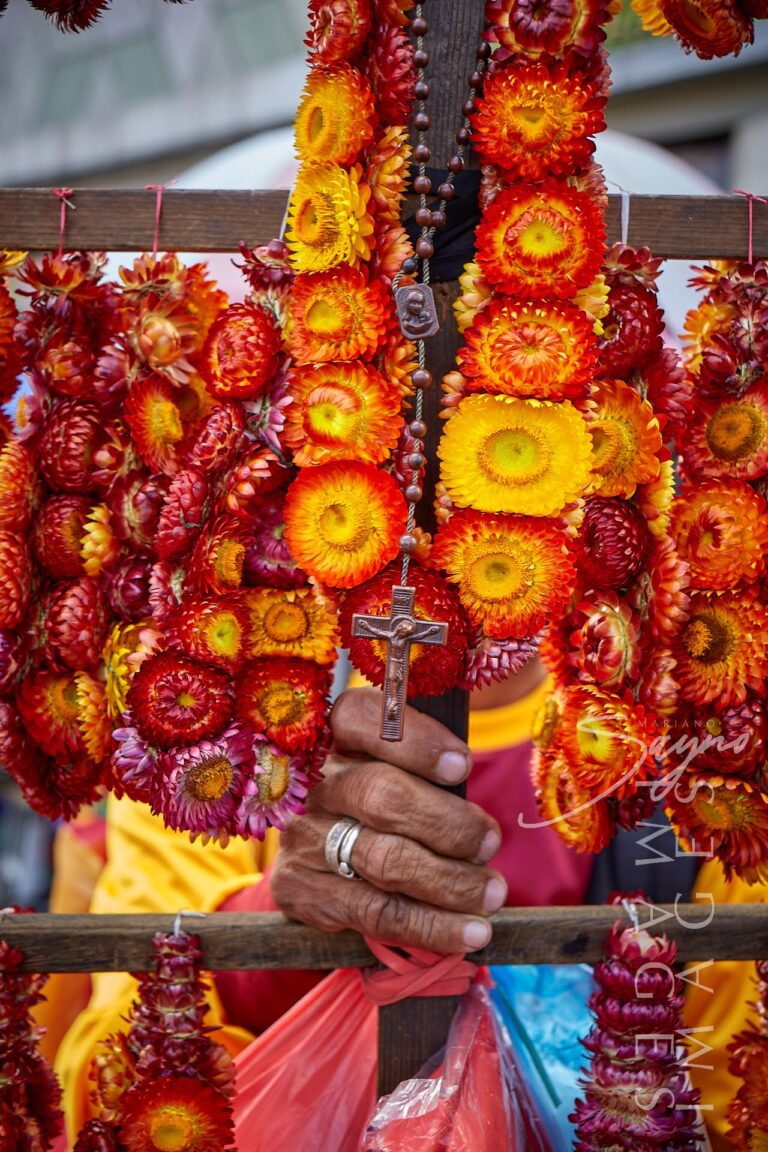



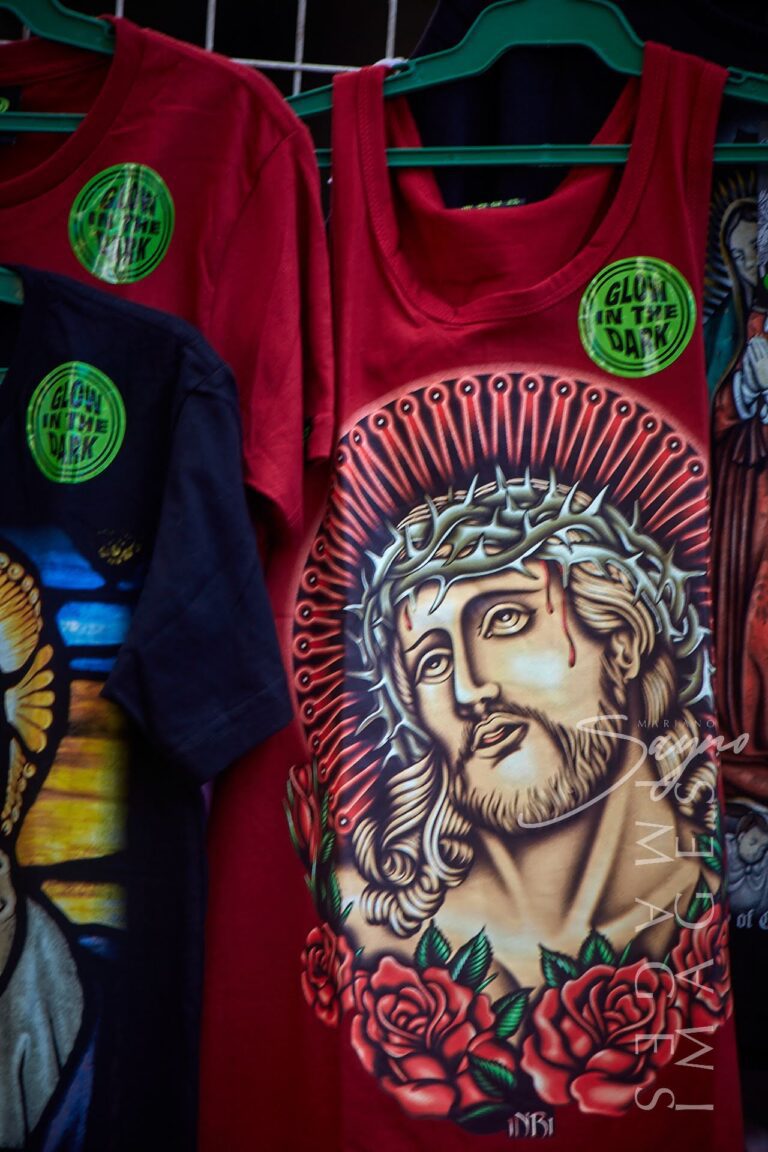

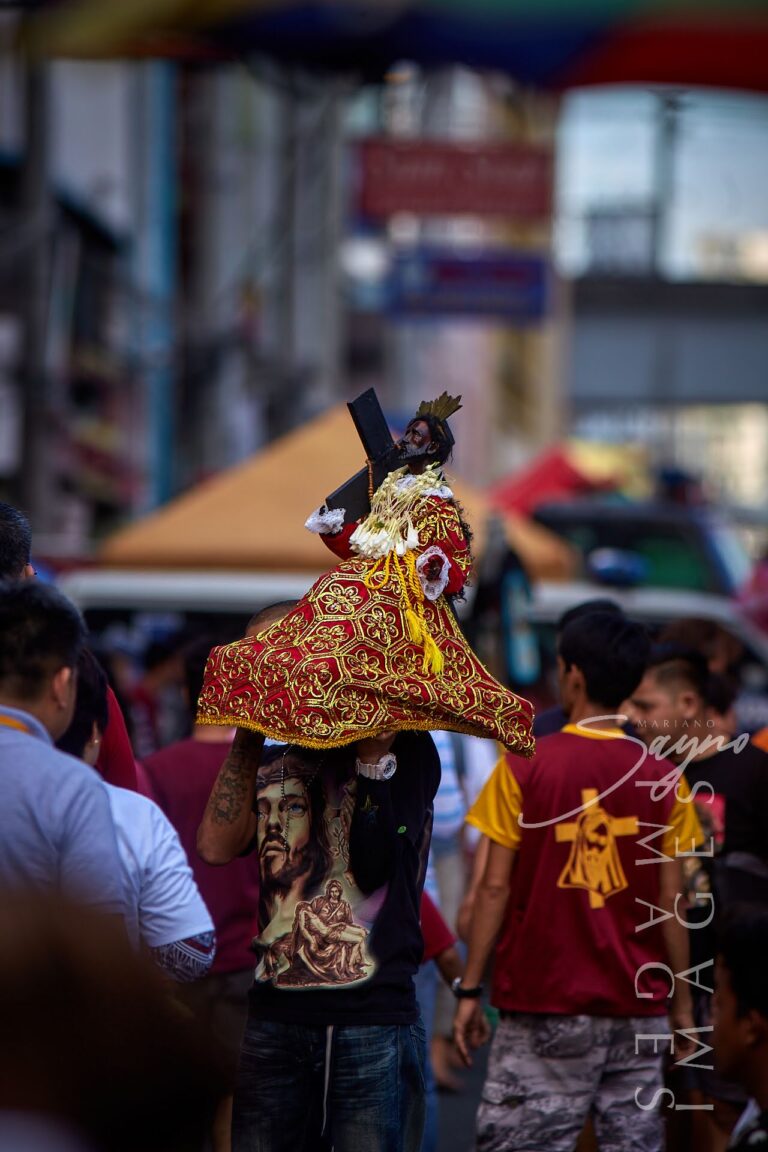

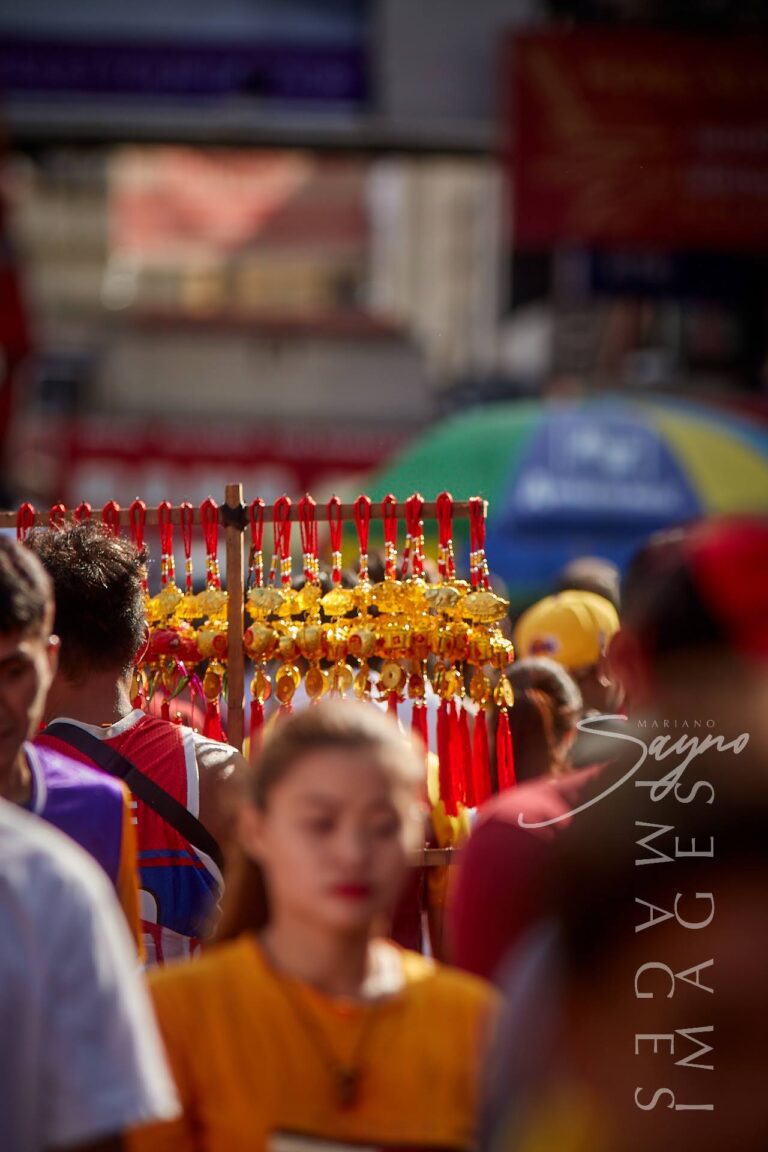

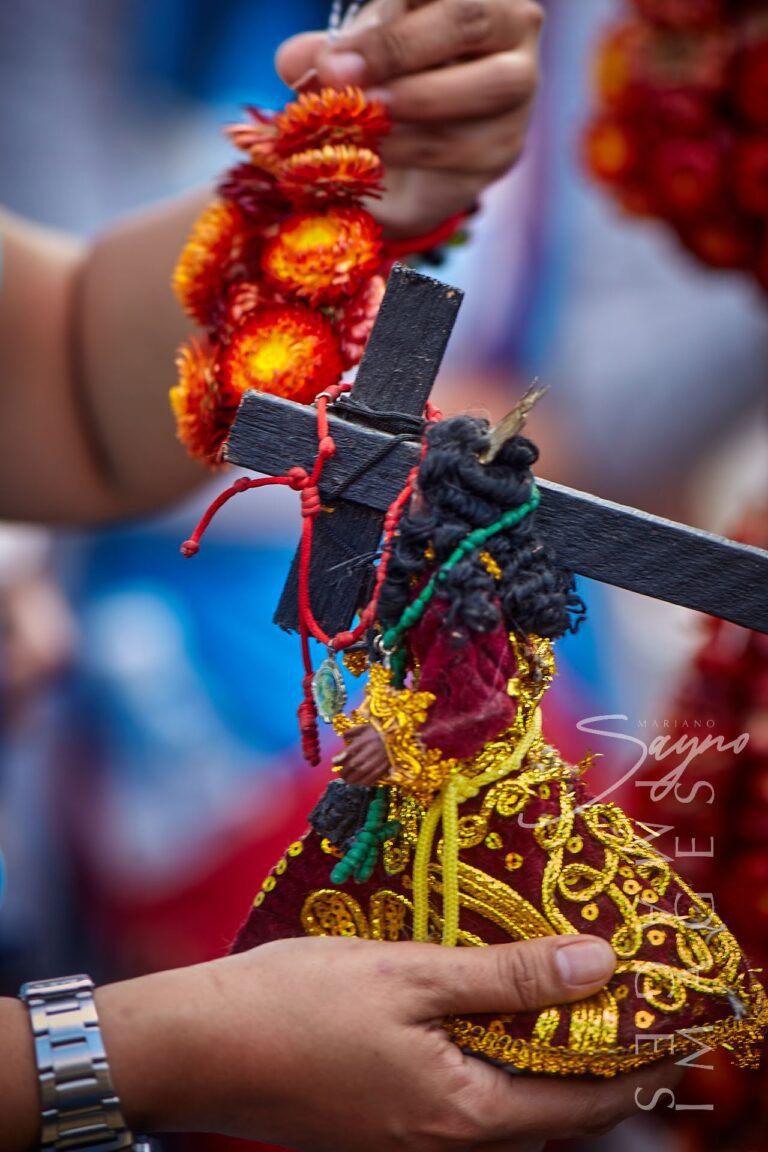

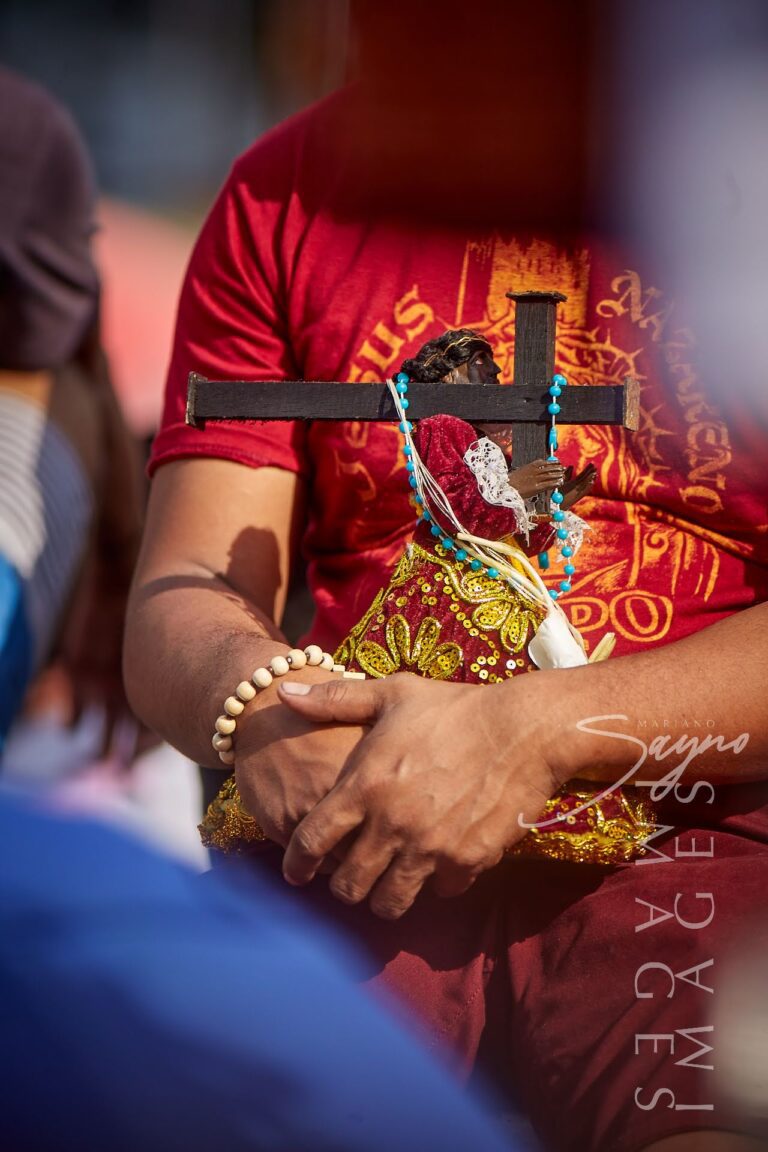

The Nazareno Festival takes place in Quiapo, Manila, easily accessible via LRT-1 (Carriedo Station) or public transport such as jeepneys and taxis. Hotels in Ermita, Malate, or Binondo provide convenient accommodations for visitors.
The Feast of the Black Nazarene, particularly the Traslación, is more than a religious event—it is a cultural and tourism spectacle that showcases the unwavering faith and devotion of Filipinos. As one of the largest religious gatherings in the world, it offers a unique experience for both pilgrims and tourists alike. Whether you come to seek spiritual enlightenment or to witness an unparalleled display of devotion, the Black Nazarene’s feast is a journey worth taking.
I’m looking forward to the stories and images leaving a lasting positive impression on you, just as they have on me. Stay connected with us on social media for a weekly exploration of travel assignments and breathtaking visuals. Our focus is on championing local tourism, showcasing small businesses, and honoring the magnificence of the Philippines through the content we curate. Join us in spreading the word by clicking the ‘share’ buttons below. Your support means the world to us.
EXPLORE MORE about


Located in the heart of Quezon City, Christ the King Seminary is not only a center of Catholic education but also a place where spirituality,


If you’re exploring the heart of Manila, you won’t want to miss Seng Guan Temple, a cultural and spiritual gem nestled in the bustling district


When you think of Malabon, your mind might wander to its famous pancit, old-world charm, or those quiet, flood-prone streets filled with stories from generations


Nestled in the heart of Quezon City, La Mesa Ecopark stands as a serene sanctuary, offering both a retreat for nature lovers and an educational


One of Quezon City’s main parks is the Quezon Memorial Circle, which is located in Quezon City and is surrounded by an elliptical road, making
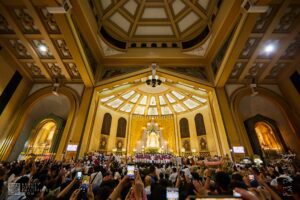

Every October, the vibrant streets of Quezon City come alive with faith, devotion, and rich cultural traditions during the Feast of La Naval de Manila.
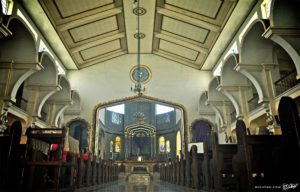

The Polo Church, formally known as the San Diego de Alcala Church, resides in the Polo neighborhood of Valenzuela, Manila. This church has a captivating
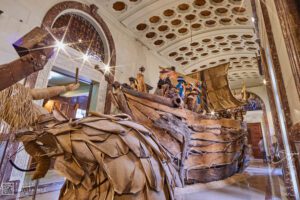

The National Museum of Anthropology, located in the heart of Manila within the National Museum Complex, is a must-visit destination for travelers eager to explore
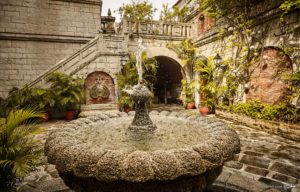

Casa Manila, located in the heart of Intramuros, Manila, is a living museum that transports visitors to the grandeur of the Spanish colonial era. As
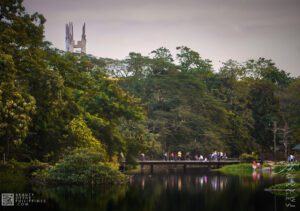

Situated in the heart of Quezon City, the Ninoy Aquino Parks and Wildlife Center (NAPWC) offers a serene retreat from the bustling streets of Metro
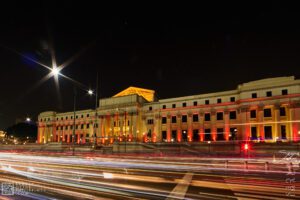

Manila, the vibrant capital of the Philippines, is home to a wealth of cultural and historical landmarks, and among its crown jewels is the National
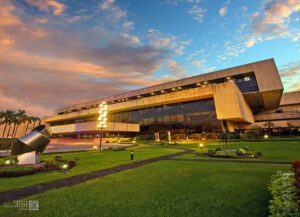

The Philippine International Convention Center (PICC) stands as a monument to the Philippines’ ambition to be a key player on the global stage. With its
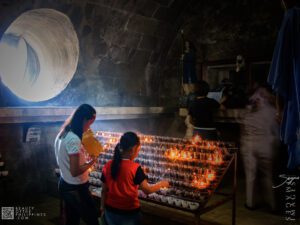

Located in the heart of Taguig City, just a short distance from the bustling Bonifacio Global City (BGC), lies the St. Anne Parish Church, more


The University of the Philippines Diliman (UP Diliman) is more than just the country’s premier academic institution—it is a historical, cultural, and natural destination worth


If you’re exploring Manila and looking for more than just the usual heritage stops, make room on your itinerary for a place that blends quiet
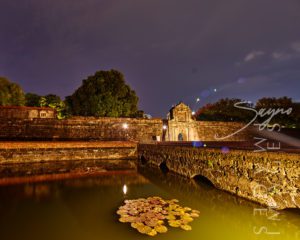

It is also known as the Walled City, and during the Spanish Colonial Period it was synonymous with the city of Manila. Intramuros was also



If you’re exploring Manila, one spot you shouldn’t miss is Plaza Rajah Sulayman, a scenic and historically significant public square in the heart of Malate,
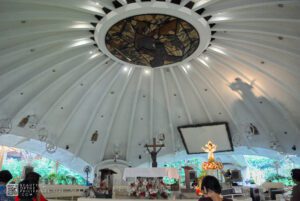

Let’s face it—Makati can be overwhelming. Skyscrapers, honking horns, back-to-back meetings, and the endless buzz of city life. But right in the middle of all
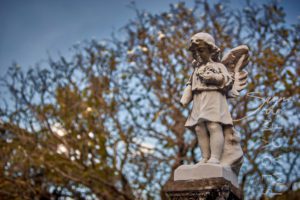

As one of the oldest cemeteries in Manila, Campo Santo De La Loma, commonly referred to as the La Loma Cemetery, is one of the


San Sebastian Church is a Roman Catholic Minor Basilica located in Quiapo, Manila. It’s also known as Minor Basilica of San Sebastian or San Sebastian
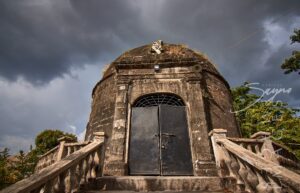

Tucked away in the heart of Taguig City, Metro Manila, lies an intriguing historical site that continues to captivate both locals and travelers alike—the Simborio.


Explore the vibrant tapestry of Manila through its four national museums, each a unique gem in the city’s cultural crown. These four distinguished establishments are


When you think of Manila, you probably imagine vibrant street life, Spanish-era churches, or food stalls dishing out sisig and lumpia. But just beyond the
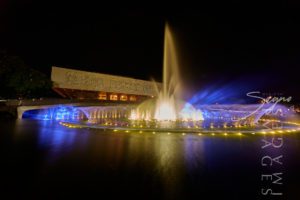

The Cultural Center of the Philippines or CCP was founded in 1966 under the directive of former President Ferdinand Marcos, in order to reinforce and


Located within the historic district of Intramuros, Manila, Padre Blanco Gardens—also known as Father Blanco’s Garden—offers a charming and romantic retreat amid centuries-old architecture. This
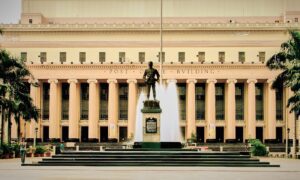

Nestled in the heart of Manila, Liwasang Bonifacio is a place where history, culture, and modern urban life converge. Formerly known as Plaza Lawton, this


When in Quezon City, one of the most serene and awe-inspiring places to visit is the Mount Carmel Shrine, a haven of peace, spirituality, and
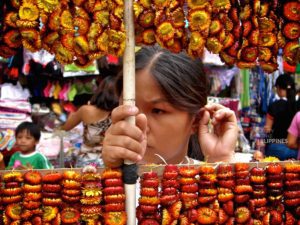

Plaza Miranda is a public square bounded by Quezon Boulevard, Hidalgo Street and Evangelista Street in Quiapo, Manila. It is the plaza which fronts the
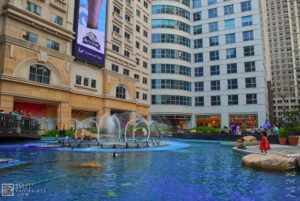

Located in the heart of Quezon City, Eastwood Mall stands as a vibrant fusion of shopping, dining, and entertainment. More than just a mall, it’s


Situated in the bustling city of Manila, Paco Park is a serene oasis that invites visitors to step back in time while enjoying the calm
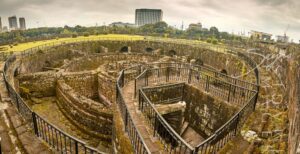

You know how sometimes, you stumble upon a place that feels like stepping straight into a history book—except the pages come alive? That’s exactly the
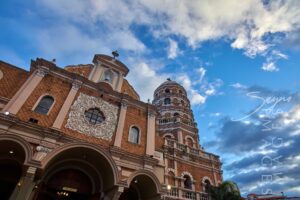

If you’re wandering through the heart of Manila and looking for a place where stories linger and time seems to slow down, Santa Cruz Church
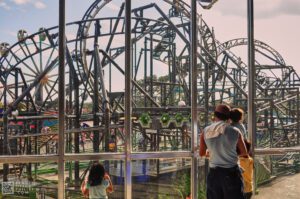

Nestled in the heart of Pasay City within the Cultural Center of the Philippines Complex, Star City stands as one of the premier amusement parks


Nestled in the historic district of Ermita, Manila City Hall is more than just the seat of the city’s government—it’s a testament to the rich


The Kartilya ng Katipunan, also known as Bonifacio Shrine or Heroes Park, is a must-visit historical site in Ermita, Manila, celebrating the legacy of Andrés
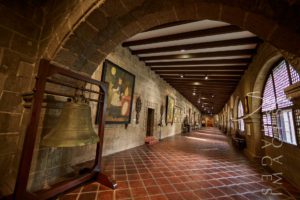

The San Agustin Museum is located adjacent to the UNESCO World Heritage Site, San Agustin Church. It is located in Intramuros—the walled city of Manila—and


Located along Roxas Boulevard, Manila and adjacent to the century-old walled city of Intramuros, the Luneta National Park, or Rizal Park as many refer to
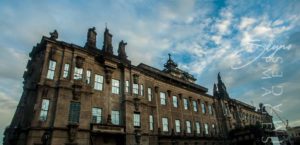

UST, also known as the University of Santo Tomas, is a private Roman Catholic university located in Sampaloc, Manila. It was founded on 28 April


It is the home of the popular Asian elephant, Mali, as well as 90 other species. As well as being a landmark in Manila, the


It is always a surprise for buildings, parks and houses to survive such wars as it is almost inevitable that everything will be brought down
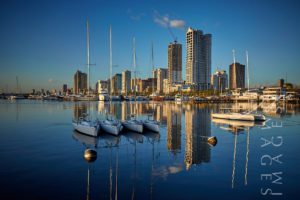

It is considered to be one of the world’s great harbors, the Manila Bay, and it serves as the Port of Manila, Philippines. Having once


In the heart of bustling Makati, where glass towers slice the skyline and business moves at lightning speed, there’s a place that feels like a



San Juan, a city tucked in the heart of Metro Manila, is often overshadowed by its more famous neighbors, yet it holds within its borders
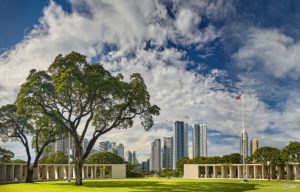

Manila American Cemetery and Memorial is located in the heart of Taguig City on the lands of Fort Bonifacio and serves as the largest grave
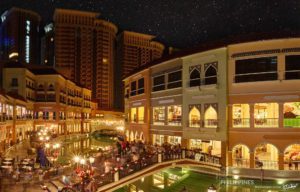

Located in the heart of the Taguig City, the Venice Grand Canal is a lifestyle mall development under the Megaworld Lifestyle Malls Located inside the


Nestled at the crossroads of Las Piñas in Metro Manila and Bacoor in Cavite, the Zapote Bridge stands as a silent yet powerful witness to
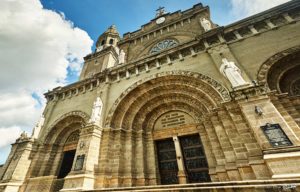

Originally built in 1880, the Manila Cathedral is the current version of the longstanding Church of Manila. It is a masterpiece of architecture that was


Quiapo, Manila, is home to the historic Quiapo Church, officially known as the Minor Basilica and National Shrine of the Black Nazarene. This revered religious


Located within the historical walls of Intramuros, Manila, Intramuros Golf Club is a true gem for both golf enthusiasts and history lovers alike. This iconic
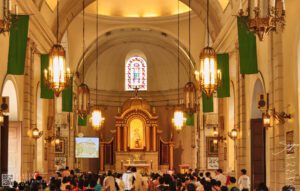

Malate Church stands as a profound symbol of faith, resilience, and artistry, preserving its sacred role and architectural splendor through centuries of triumphs and trials.
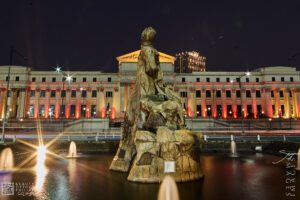

The Gomburza National Monument, located in front of the National Museum of Fine Arts along Padre Burgos Avenue in Manila, stands as a solemn tribute


Nestled in the vibrant district of Binondo, Manila, Plaza San Lorenzo Ruiz stands as a historical and cultural gem. Once known as Plaza Calderón de
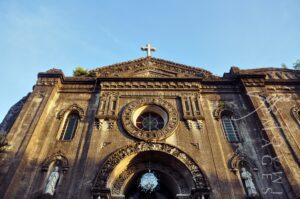

Tucked away in the bustling heart of Makati lies the Guadalupe Church Ruins, an evocative landmark that offers more than just a glimpse of the
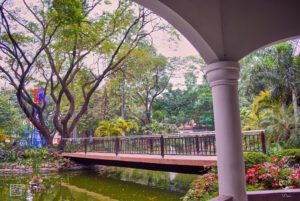

Situated in the lively heart of Makati’s Legazpi Village, Washington SyCip Park provides a serene refuge away from the city’s fast pace. Established in 2006


If you’re the kind of traveler who loves uncovering places with soul — you know, spots where history, culture, and a touch of magic come
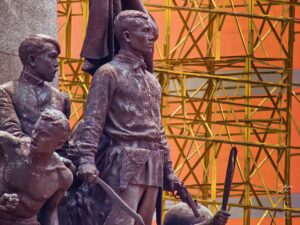

The Bonifacio Monument, also called Bonifacio Monumento or Monumento, proudly stands in Caloocan City, Metro Manila. It is a powerful symbol created by the National


If you find yourself wandering through the sprawling campus of the University of the Philippines (UP) Diliman in Quezon City, you’ll undoubtedly encounter one of
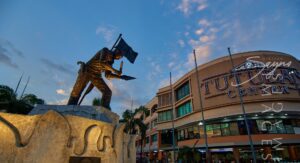

Situated in the heart of Manila, Tutuban Center is more than just a shopping destination—it’s a vibrant mix of history, commerce, and culture that draws
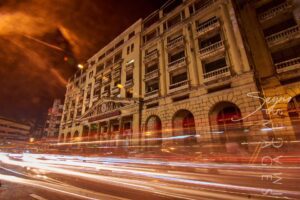

I experienced the vibrant and colorful life of downtown in full. I took some time to appreciate the beauty of Santa Cruz Church and Plaza


Known as one of the most important baroque churches in the Philippines and as one of the only four baroque churches in the Philippines that


As the nation’s first ever world-class marine theme park, Manila Ocean Park is located in Ermita Manila, within the Philippines’ largest urban resort/aqua-themed hotel complex
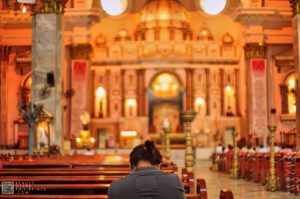

The Binondo Church is a historic church in Manila, located in the District of Binondo, near the Plaza San Lorenzo Ruiz. It was previously called
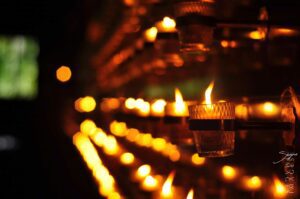

The Padre Pio Chapel, also known as the St. Pio of Pietrelcina Chapel, holds a special place in my heart as a photographer. It revealed
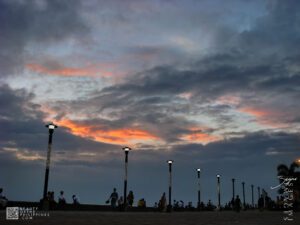

Let’s be real—when you think of tourist spots around Metro Manila, Navotas probably isn’t the first to pop into your head. But you know what?
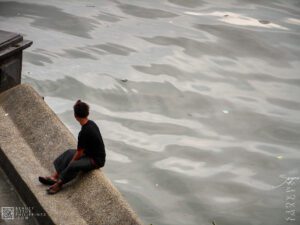

Quezon Bridge, a striking steel arch bridge spanning the Pasig River, is more than just a vital transportation link—it is a historical icon of Manila.


In addition to being considered the oldest Chinatown in the world, Binondo Chinatown is also the center of trade and commerce in Manila City. In
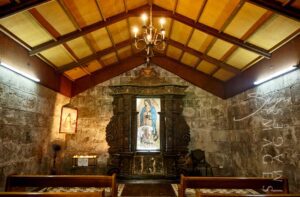

Tucked within the storied walls of Fort Santiago, a landmark that has stood as a silent witness to centuries of Philippine history, the Our Lady


Every January, in the heart of Tondo—one of Manila’s oldest and most storied districts—a celebration unfolds that’s unlike anything else in the Philippines. The Feast


Situated in the heart of Quiapo, Manila, the Manila Golden Mosque stands as a magnificent testament to the rich cultural and religious diversity of the
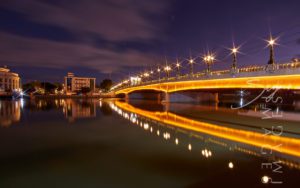

The newly restored Jones Bridge is easily recognizable by its beautifully designed black lamp posts—the same ones that were there when the bridge was first


The Manila Abbey San Beda, or formally known as Abbey of Our Lady of Montserrat, is a Benedictine men’s monastery located along the streets of
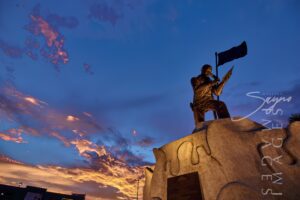

The Andres Bonifacio Birthplace Monument in Tutuban, Divisoria stands as a powerful symbol of Filipino patriotism and a tribute to the courage and leadership of Andres
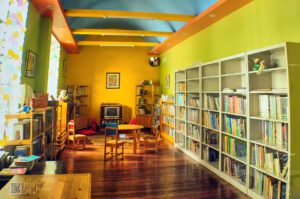

Located along Roxas Boulevard in the heart of Manila, Museo Pambata offers a one-of-a-kind experience where children can learn, play, and connect with Filipino culture



The Manila Post Office, officially known as the Manila Central Post Office, is a distinguished example of neoclassical architecture, originally designed by Juan M. Arellano,
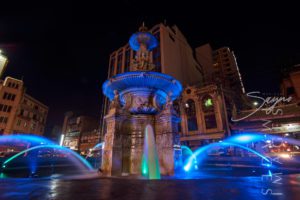

If you’re ever wandering through the lively streets of Manila, one of the city’s must-see spots is the iconic Carriedo Fountain. Nestled in the heart



Located in the heart of San Juan City, Metro Manila, the San Juan – Pinaglabanan Memorial Shrine serves as a powerful reminder of the bravery
BROWSE BY CATEGORIES